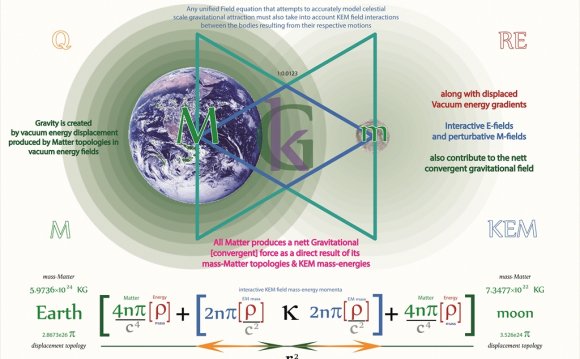
Fg = force due to gravity between the two objects (N)
G = the Gravitational Constant
m1 and m2 = the two masses (kg)
r = the distance between the two objects’ centres (m)
This formula shows that any objects with mass will pull towards each other with a gravitational force.
You might have heard the phrase in a Social Studies class. It usually refers to one country having a political or military influence over another.This is the first formula that you'll see from a family of formulas called the "inverse square formulas". They all look pretty much the same, and lead physicists to believe that there are many common connections and relationships throughout all of physics.
Newton then turned his attention to trying to find the value for the Gravitational Constant, “G”.
Let’s look at how we will substitute numbers into this formula.
Cavendish's Torsion Balance
After a lot of very careful, very tedious tries, he found that G was 6.67e-11Nm2/kg2.
Example 1: Using values that you now know, Determine the mass of the Earth.
We know that the force exerted on my body by the Earth is Fg = mg, where little “m” is my mass.
I also know that the force could be found using Newton's big Universal Gravitation Formula, where one mass is a little “m” (my mass), and the other mass is a big “Me” (the mass of the Earth).
Fg = Fg
Me= 5.99e24 kg
Notice that we were able to combine a couple of formulas to get the new formula .
Example 2: The planet Mars has a mass of 6.42e23 kg and a radius (from its centre to the surface) of 3.38e6 m. How much would a 60 kg person weigh on Mars compared to their weight on Earth? Determine How heavy he would “feel” he weighed in kilograms on Mars.
On Earth the person has a weight of…
Fg = mg
= (60kg) (9.81m/s2)
Fg = 5.9e2 N
Gravity on Mars can be found using the formula shown above. Note: On an exam you need to show how you got this formula.
g = 3.75m/s2
So that person’s weight on Mars will be…
= (60kg) (3.75m/s2)
Fg = 2.3e2 N
Remember, mass never truly changes... it's a constant. This is just how much you would feel like, in measurements you can better understand.
To figure out how much he would feel like he weighed on Mars in kilograms, remember that we spend our lives here on Earth and our body thinks that 9.81m/s2 is what gravity should always be. Therefore, this person will feel like his mass is…
m = Fg / g
= (2.3e2 N) / (9.81m/s2)
m = 23 kg
Example 3: Determine the force of attraction between a 15.0kg box and a 63.0 kg person if they are 3.45m apart.
I have to assume that the distance I have been given is the distance between the two centres of the objects.
INTERESTING VIDEO











